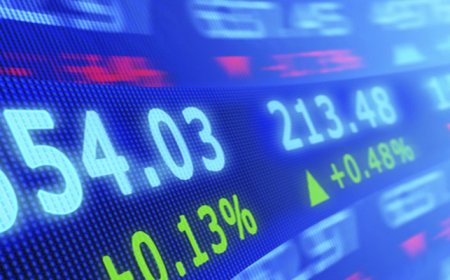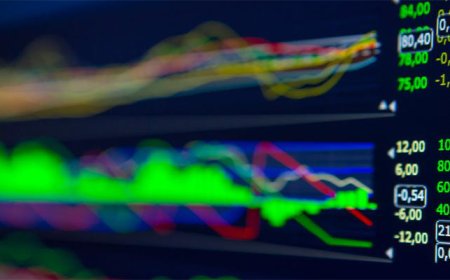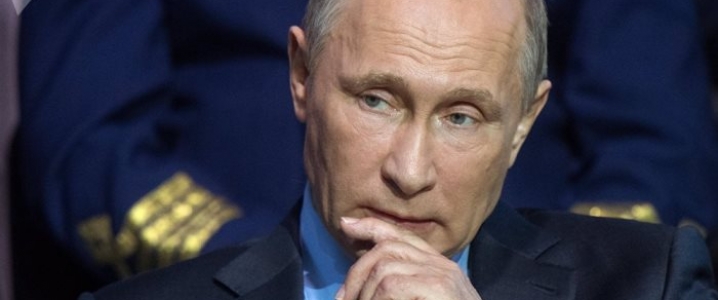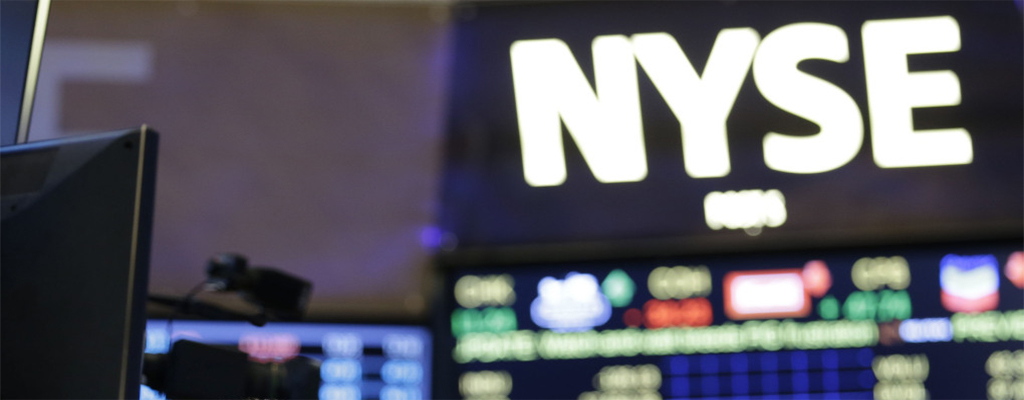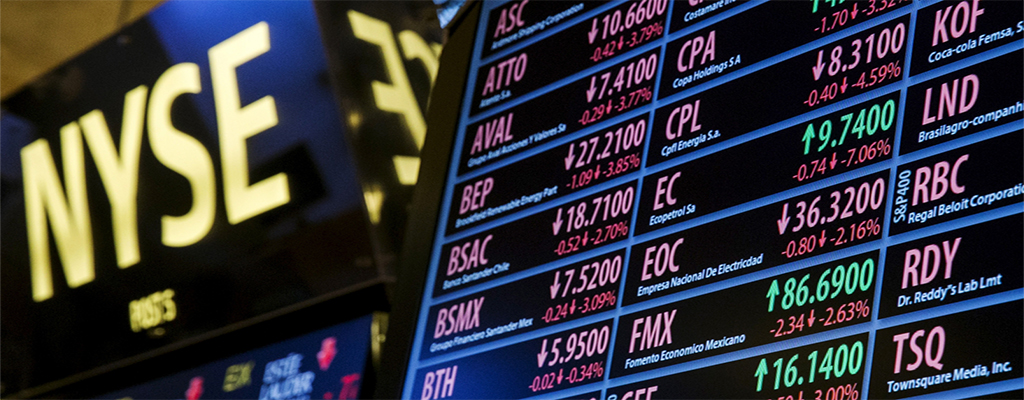TSX Falters by Noon Wednesday

Canada's main stock index struggled for direction on Wednesday, as investors remained cautious on U.S. tariff negotiations with trading partners and assessed the Bank of Canada's decision to maintain the interest rate
The TSX Composite Index lost 90.22 points to near noon EDT at 26,336.42.
The Canadian dollar inched up 0.15 cents to 73.06 cents U.S.
In corporate news, Brookfield Asset Management plans to invest up to 95 billion Swedish crowns ($9.9 billion U.S.) to build a data centre for artificial intelligence in Sweden. Brookfield shares ditched 21 cents to $77.23.
U.S. President Donald Trump's administration has set Wednesday as the deadline for trading partners to submit proposals for trade deals to avoid his "Liberation Day" tariffs from taking effect in early July.
Also on Wednesday, Washington doubled its tariffs on steel and aluminum imports, applying to all trading partners except Britain, which remains the only country to have struck a preliminary trade agreement.
The U.S. and China are also expected to talk sometime this week to iron out trade differences.
Meanwhile, Prime Minister Mark Carney's office said on Tuesday, the government is engaged in "intensive and live" negotiations to get exempted from newly announced additional U.S. tariffs on steel and aluminum, as well as other import duties imposed by the Trump administration.
The Bank of Canada held its key benchmark rate at 2.75% Wednesday, citing the need to probe the effects of U.S. trade policy, but said another cut might be necessary if the economy weakened in the face of tariffs.
ON BAYSTREET
The TSX Venture Exchange squeezed 1.26 points higher to 718.49.
All but three of the 12 TSX subgroups had slumped by noon hour, as energy went south 2.1%, utilities were off 0.8%, and consumer staples fell 0.6%.
The three gainers proved to be materials, up 0.7%, gold, better by 0.4%, and consumer discretionary, inching up 0.01%.
ON WALLSTREET
U.S. stocks rose slightly on Wednesday, but gains were kept in check after private sector hiring hit its lowest level in more than two years, raising concerns trade policy uncertainty could be weighing on the U.S. economy.
The Dow Jones Industrials remained above breakeven by 30.2 points to 42,549.84
The S&P 500 added 7.68 points to 5,978.05
The NASDAQ Composite moved up 36.93 points to 19,433.84.
A report from payrolls processing firm ADP showed that payrolls increased only 37,000 for the month, less than the downwardly revised 60,000 in April and below the consensus forecast of 110,000 that economists polled by Dow Jones were expecting.
The report casts a pall over Friday’s all-important government nonfarm payrolls report, which economists currently expect to show an increase of 125,000 jobs for May, according to a Dow Jones survey.
President Donald Trump blasted Federal Reserve Chairman Jerome Powell right after the ADP numbers came out, saying “Too Late Powell” should cut rates.
Nvidia shares continued its gains Wednesday, along with Broadcom, helping to support stocks.
The recent gains have investors increasingly confident stocks have turned a corner on tariffs, especially after a series of reversals from President Donald Trump convinced traders the White House is mainly wielding high levies as a negotiating tool.
A federal court striking down Trump’s tariffs just last week added to hopes the market has priced in the worst of the tariffs, though they were later reinstated temporarily by an appeals court.
Trump posted earlier that dealing with Chinese President Xi Jinping has been “extremely hard.”
Prices for the 10-year Treasury gained ground, lowering yields to 4.38% from Tuesday’s 4.45%. Treasury prices and yields move in opposite directions.
Oil prices skidded 60 cents to $62.81 U.S. a barrel.
Gold prices regained $18.10 to $3,395.20 U.S. an ounce.





